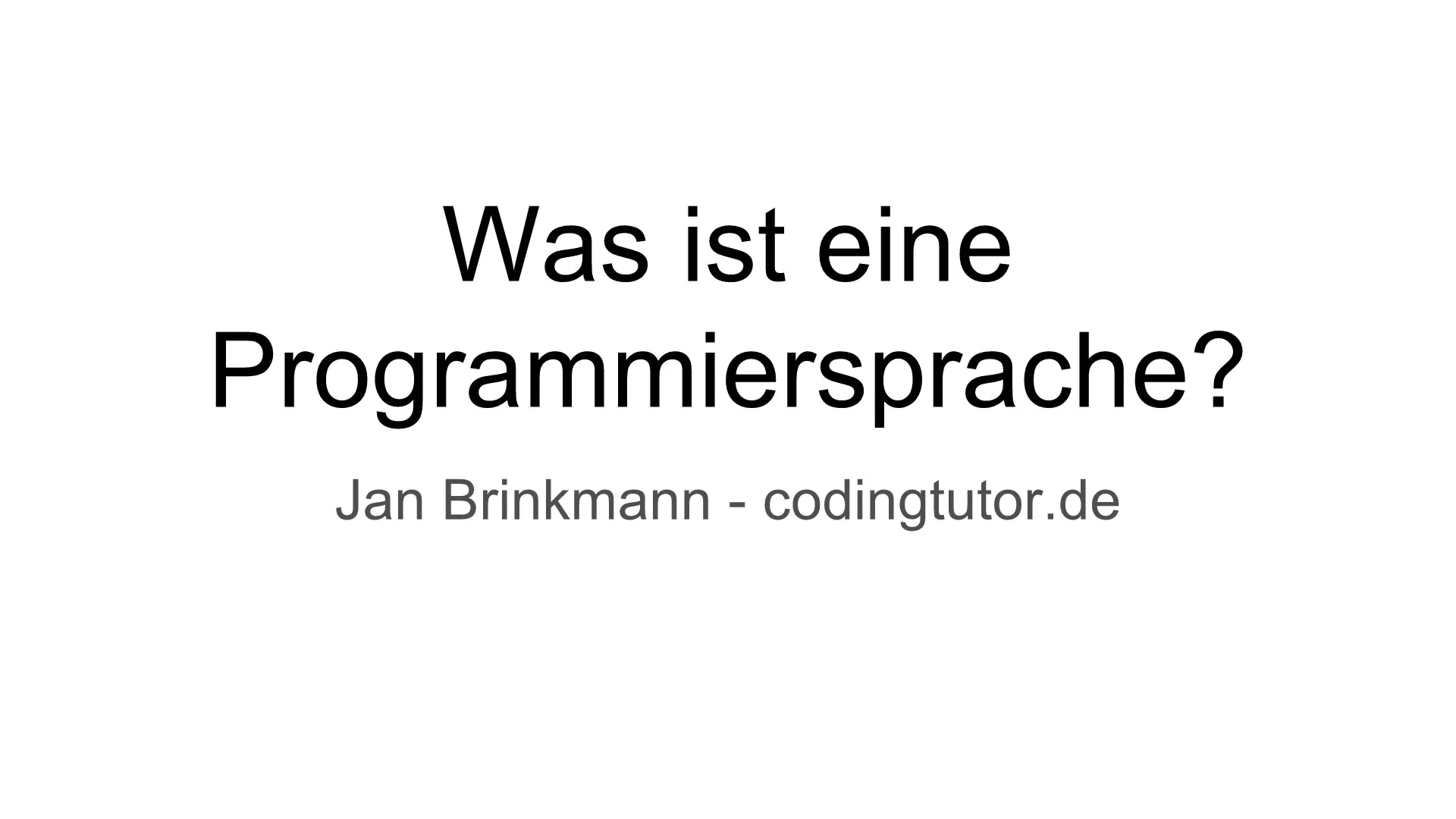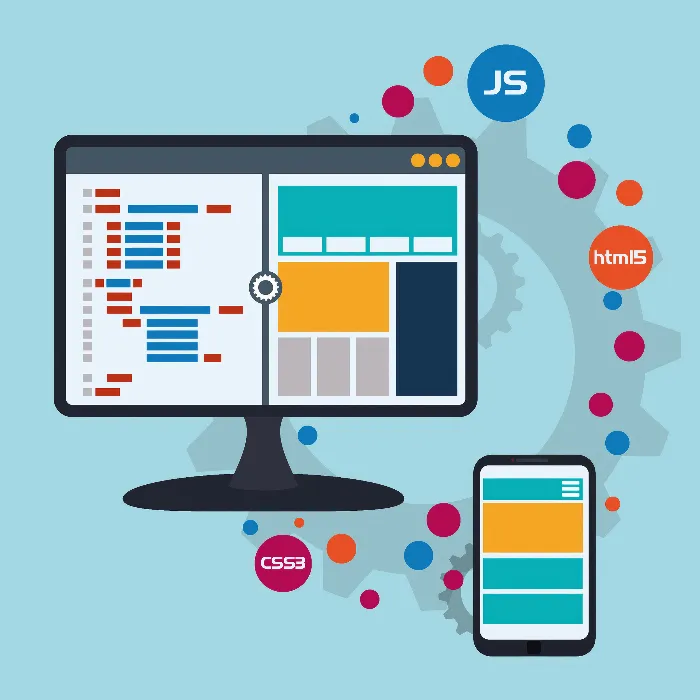What is actually behind the term "programming language"? You probably often hear names like Java, C, C++, Swift, or Python. But to what extent are these languages relevant for working with a computer? Ultimately, they are just text, and you might wonder why not everything is communicated in ones and zeros. In this tutorial, I want to introduce you to the basics of programming languages and show you why they are so important.
Key insights
Programming languages are more than just abstract concepts; they are the tools to communicate with computers. There are hundreds of programming languages, each with its own areas of application. Ultimately, all programming languages are converted into machine-readable code. High-level languages make programming easier, while low-level languages operate closer to the hardware.
Step-by-Step Guide
1. What is a programming language?
If you are wondering what a programming language is, you can generally say that it is a formal language that allows instructions to be given to a computer. Every program consists of instructions written in a programming language.

2. Diversity of programming languages
There are several programming languages, and you will likely come into contact with many of them throughout your career. The recommendation is to learn new programming languages annually to expand your knowledge base. A famous language developer recommends learning one programming language from five different areas.
3. Highly specialized languages
The different programming and scripting languages have various specialties. There are languages that deal with mathematical tasks and others specifically developed for the web, like JavaScript. You will notice that each language has its own strengths and can excel in specific areas.
4. From source code to machine language
It is important to understand that the source code you write is not directly understood by the CPU. The CPU works with machine language, and all the source code you write must be translated into this machine code. The conversion happens either by compiling or interpreting.
5. The process of compiling and interpreting
Compiled languages are such as C or Java, where the source code is transformed into executable code before it can be run. In interpreted languages, like PHP or JavaScript, the conversion occurs directly during execution, which gives you, as a developer, more flexibility.
6. Assembler and low-level programming
A common question is why programming is not done directly in machine code. This is because machine code is unwieldy and prone to errors. Instead, assembler is used, a language that is closer to the hardware and often used in hardware-near applications.
7. High-level and low-level languages
The differences between high-level and low-level languages are significant. High-level languages have no relation to the hardware and greatly ease the work of programmers. Low-level languages, on the other hand, are more difficult to use but offer more control over the hardware and the system.
8. Programming languages and their applications
The choice of the right programming language often depends on the area of application. In high-end applications, such as 3D game development, it is often necessary to use lower programming levels to optimally control the hardware.
9. The importance of source code
No matter which programming language you learn, all programs consist of source code. This is written in a simple text file and should be familiar to you, whether you are dealing with JavaScript, Python, or C. You need to know where to write the code and how to execute it.
10. The key questions in programming
Some key questions are essential: Where do you write the source code? How is it processed (compiled or interpreted)? And how is the program ultimately executed? Knowing how these three points interact is crucial to your success as a programmer.
Summary - Title of this text guide: Understanding the Basics of Programming Languages
Programming languages are essential tools in software development and offer a wide range of application possibilities. The diversity of languages reflects the different requirements of programming. To communicate effectively with a computer, a basic understanding of programming languages is key.
Frequently Asked Questions
What is a programming language?A programming language is a formal language for communication and instruction to a computer.
Why are there so many programming languages?Each programming language has its own strengths and is used for different tasks and applications.
What is the difference between high-level and low-level languages?High-level languages are easier to read and have no relation to the hardware, while low-level languages offer more control but are more complex.
How is source code executed?Source code is either compiled into machine language or interpreted at runtime.
Why should programmers learn multiple languages?Different languages offer different strengths and are optimized for specific tasks, which can aid you in your career.


